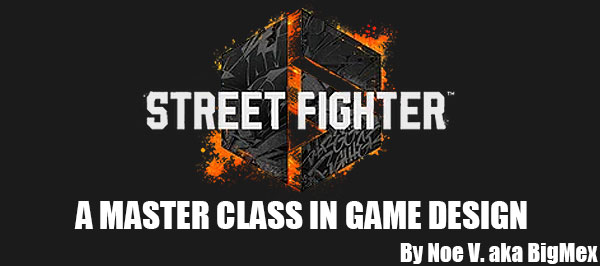
In the previous blogs I had brought up the ideas of muscle memory, spending 10,000 hours to master a sport, musical instrument, or in this case fighting game. If you spent 40 hours a week practicing the skills, developing the correct habits that went along with it, then it would take you just over 4 years to become a master. Capcom wanted to help make the process much more engaging. Street Fighter 6 had introduced several ways to teach simple, and complex theories to their audience. In the Fighting Ground, the arcade mode, players could sit through tutorials, or complete trials. In the World Tour mode they could learn through combat, and part time jobs. Audiences controlled the pace for the most part, and gangs would interrupt the journey to force the player to practice what they had learned.
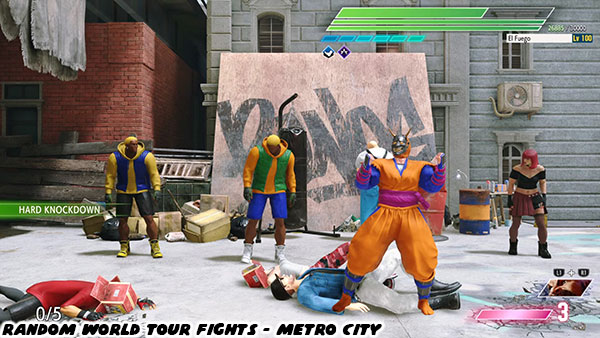
That wasn’t the only way to discover new techniques. There were three residents of Metro City whose job it was to teach you new things. Tracey, Alice, and Ryan were friends that would appear with a new challenge intermittently through the course of the World Tour mode. Sometimes they would only be available during the night, or in a certain area. Here was the genius of the Street Fighter 6 team. The trio of friendly faces were not unlocking any new techniques for the player. All of the moves they were teaching you were available from the very beginning. All they were doing was making you aware of the button presses, or joystick combinations. I cannot think of any other video game where you had all the tools you needed right from the very start of the game. What the trio did was reward you for knowing when, and how to use certain techniques.
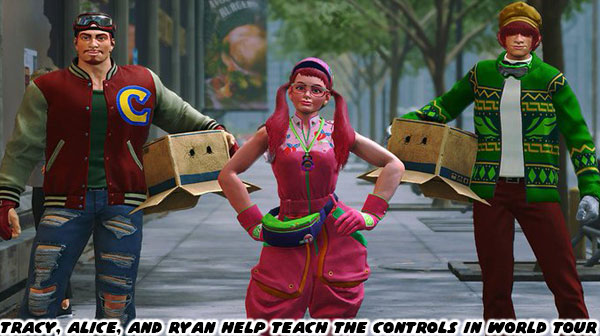
Players were prompted to travel across Metro City where they could earn new masters, which were mostly SFII characters like Chun-Li, and E. Honda, with a few new faces like Jamie, and Kimberly. They would teach you their own patented special moves, and have you finish missions in order to advance through the story. Completing missions, fighting random citizens, and being jumped by gang members forced the audience to develop faster than if they picked only the easiest pedestrians to battle. Players were learning how to get good at Street Fighter simply by going through the story mode. Here was where Capcom went the extra mile, and expanded on the part time jobs. The further you progressed in World Tour the more jobs became available. The part time jobs were scattered across the map. By placing them far from each other a player couldn’t help but practice what they learned along the way. The genius was in the design of each part time job.
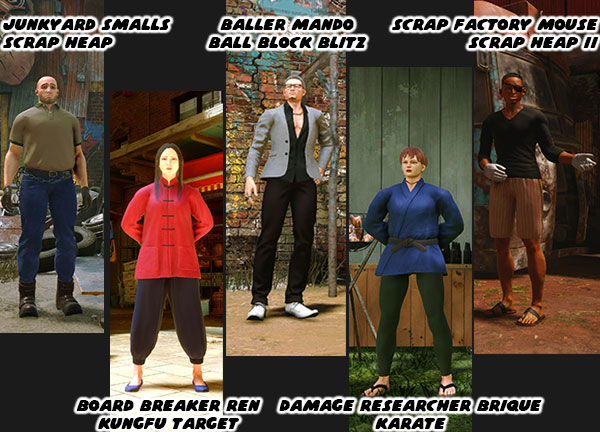
I mentioned that Pizzaiolo Serbelli the boss of Hadou Pizza was teaching players how to memorize, and complete the classic button combinations. It turned out that every boss, and every job was secretly helping program audiences with a different, but important game play technique. Junkyard Smalls, the boss of the Scrap Heap, and Scrap Factory Mouse, the boss of Scrap Heap II paid gamers by tearing down vehicles with their bare hands. What this did was reinforce the importance of building combos, attacking relentlessly, and managing your Drive / EX meter. Damage Researcher Brique was the boss of Karate. Players had to break bottles, or chop through bricks, and even diamonds. They could only do this if they learned how to throw a precise strike, and button press. The job would not reward sloppy button presses, or poor timing. Learning how to time a strike could translate into frame accurate attacks in actual competition. Then there was Board Breaker Ran the boss of Kungfu Target. Her job was teaching audiences how to find attack ranges between punches, and kicks. Her job also taught the differences between the speed, and strength of various strikes. This job showed players the effective range of every attack, and rewarded players for learning speed, and precision. The final part time boss was Baller Mando. He hung out behind the Red Steel Factory. His job was the Ball Block Blitz. This taught audiences how, and when to parry. Not all strikes in the game were at equal speed. By blocking basketballs thrown at different trajectories, angles, and speeds the player was rewarded with recovered drive meter by parrying at the very last second. The basketballs mirrored the ranged attacks from actual Street Fighters; things like sonic booms, and fireballs followed the same paths.
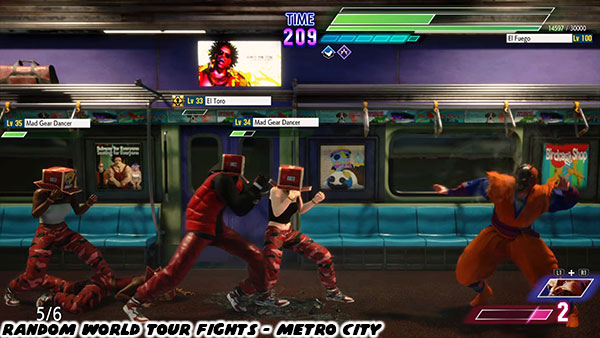
As a veteran SF player I found myself flying through every encounter in the World Tour with ease. This was partly because when I fought pedestrians, or gang members I noticed that many had unique animations. They would turn their torsos in an exaggerated method, and wind up a punch, or a kick. They were telegraphing each strike a second or two before it happened. I easily had enough time to strike first, or block, or jump out of the way before they completed their animation cycle. Sometimes they would reach into their pockets, or behind their backs, and throw a bottle. Sometimes they would even throw wrenches. These items were rarely thrown quickly at the player. More often than not they were thrown in very slow arc across the sky. Players could punch, or kick these items if they were fast enough. They could also parry these attacks, and counter even faster than if they had blocked. The setups that enemies had for strong, and ranged attacks were obvious on purpose. The game wanted audiences to clearly see an incoming attack. It wanted the player to apply everything they had learned about fighting, and to do so quickly. In a regular Street Fighter matchup none of the character attacks had a long startup cycle. They didn’t telegraph their strikes. Perhaps a few frames, a fraction of a second to read, and react was all the player had.
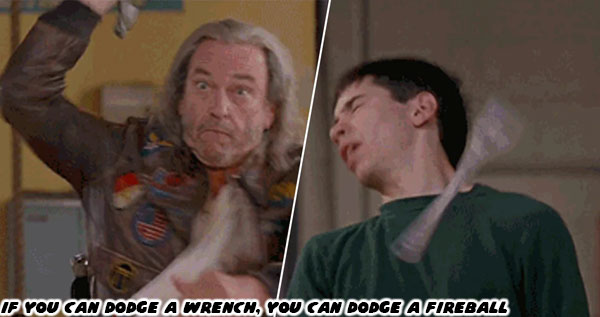
You might think that fighting opponents over, and over in one area would get boring pretty quickly. If you enjoyed the big city fights in the comic book games like Spider-Man, or Gotham Knights, then you knew that nothing could be further from the truth. There was however a major difference between the combat in the super hero games, and SF6. All of the aforementioned games allowed you to free roam the city, however the super hero games had combat in full 3D. Enemies could circle the player, or attack them from a distance. While SF6 would move every encounter onto a traditional 2D plane. What was amazing about SF6 was that every fight was framed exactly like a traditional fighting game stage. This was regardless of which corner of the city you were in. Every street, alley, bridge, park, or rooftop was instantly presented in the format that fighting game fans were used to. I told my kid that it seemed impossible that Capcom managed to make every square inch of Metro City work as a fresh background in a fighting game. The perspective, and depth of field were absolutely spot-on in every encounter. It was eerie how seamless this transition from free roaming to 2D plane was done. Not only that, due to the diverse nature of pedestrians, and other NPCs, the witnesses to the fights were always random. This ensured that it would be impossible to repeat encounters, and keep the battles unique.
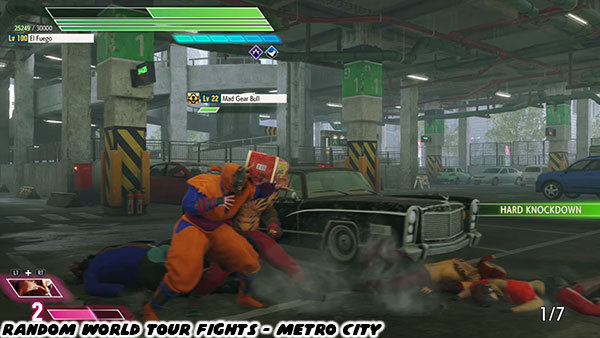
The other thing that other AAA games shared with SF6 were the subtle differences in how opponents fought. The Marvel, or DC heroes were fighting battle-hardened criminals, prisoners, and super villains in their games. They were expected to be much more challenging than a regular person on the street. Some Metro City residents were very timid. They would rock back, and forth but wouldn’t throw the first punch. Other residents were more aggressive. They would rush you looking for a shoulder throw. Some had more technical leaping strikes rather than simple punches, and kicks. The diversity of styles, and enemy types kept the game feeling fresh. With that said I still wondered why the encounters on the streets of Metro City felt so easy. I realized the majority of the World Tour was crafted specifically for new players. I was performing 3000 point combos on opponents that just wanted to see if I knew how to block.
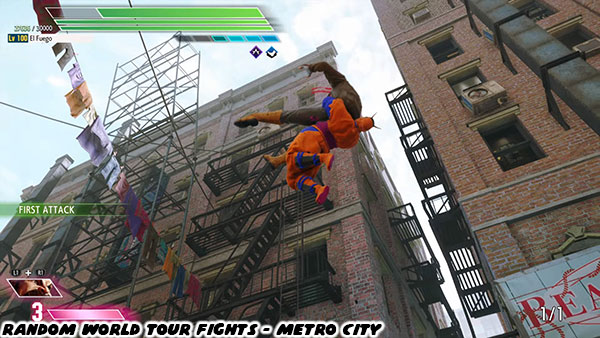
Canonically it made sense that pedestrians, and gang members had nowhere near the fighting ability of Ken, Ryu, or any of the other masters. Those characters represented the peak fighter, the one in a billion martial artist. Residents of Metro City were absolutely not on the same level. They had no idea how to throw a fireball, or do a dragon punch. That’s why they threw wrenches, and bottles instead. None of the female gang members were as tough as Chun-Li, but if you got jumped by eight Canary Crate Sisters then it felt like almost the same fight The difficulty of the encounters worked because of these substitutions. The game wasn’t dumbing down the story, or game play of Street Fighter in the slightest. Instead it was breaking down the hundreds of concepts of fighting game theory into separate bite-sized pieces. Why get frustrated fighting, and losing to the same master over, and over in arcade mode, when you could instead beat a half dozen weaker versions of the same character? This allowed you to learn, and then practice what worked best against the cast. It was up to the player to put together how these separate lessons worked. If you had never played a fighting game it was just the right amount of difficulty. If you had a little bit of skill you would be able to connect the pieces a little bit faster. Even if you didn’t grasp the concepts then it was still a fun game. I would have absolutely loved this type of experience while growing up. The learning curve could be tricky in some instances, but overall every encounter was rewarding to both new, and seasoned players.
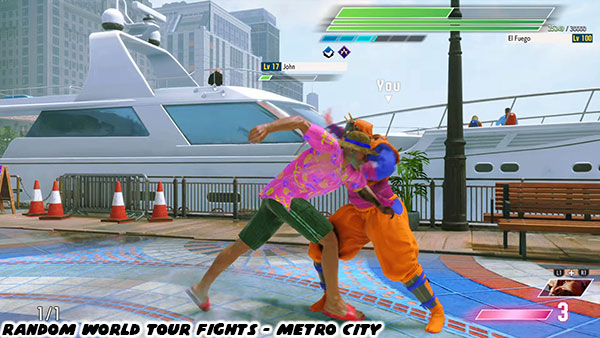
You could progress through the harder battles by demonstrating that you were paying attention. All of the side objectives were teaching you the little details that could make you a well-rounded player. Everything you picked up from Tracy, Alice, and Ryan, every gang member that jumped out of a blind alley, and every part time job were giving you the skills to master combat. Doing this over, and over through Metro City just about guaranteed that you felt like you hit 10,000 hours before the end of the game. Street Fighter 6 was doing more for the genre than any game in the past 20 years. It was creating a whole new generation of fighting game fans, and tournament champions. How the studio was able to do this without making the hundreds of fights feel redundant was another master stroke of game design.
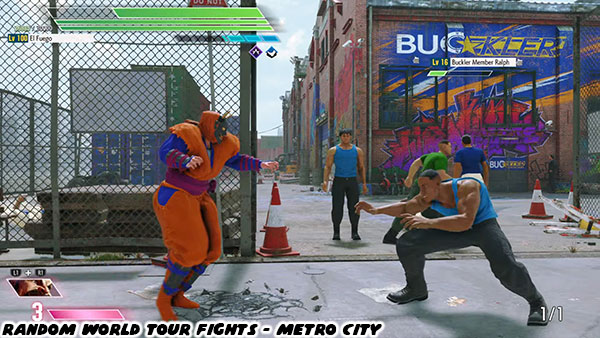
I’ll explore the other things that Capcom accomplished in the next blog. If you are a long time fan of Street Fighter then I would like to hear your impressions of SF6. If you have never played any game previously then tell me your experiences in the comments section please. As always if you would like to sponsor me
please visit my Patreon page and consider donating each month, even as little as $1 would help make better blogs and even podcasts!




















No comments:
Post a Comment